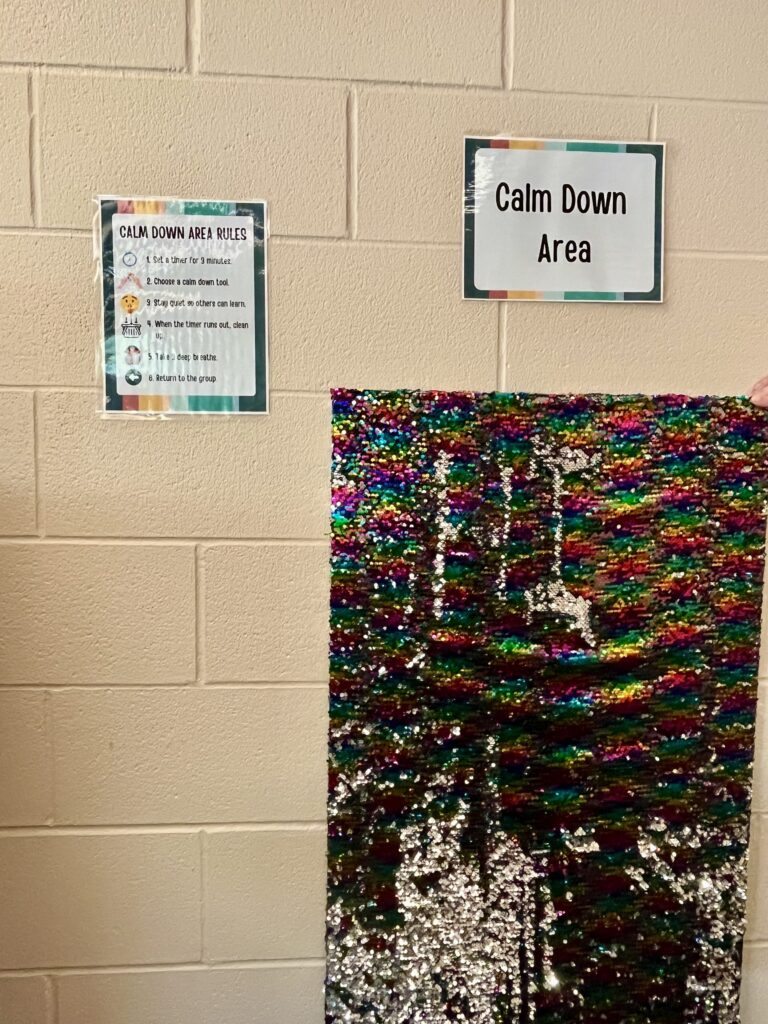
Using the most appropriate deescalation strategy is essential for managing challening situations at school, home, and in the community. Finding the most evidence-based strategy can be challenging, but when implemented effectively, can decrease the chances of the behavior happening again. Furthermore, it is important to remember that every student is unique and may require adaptions based on experiences and individual needs. The 5 deescalation strategies and techniques below are sure to maintain a safe and supportive environment.

#1. Verbal Deescalation
- Speak softly and use a non-confrontational tone
- Maintain a calm and composed demeanor
- Actively listen to the student, this shows empathy and understanding
- Avoid arguing or challening their feelings
- Offer choices or alternatives to regain a sense of control

#2. Redirection
Gently redirect student’s focus to a positive or calming topic/activity.
Offer an engaging, non-threatening distraction such as a favorite toy or activity
Use storytelling or humor to shift the student’s attention

#3. Calming Technique
- Deep breathing exercise
- Sensory tools or objects such as stress balls, fidgets, weighted blanket, soft textures, or calming scents.
- Play soft music or white noise
- Encourage the use of a “calm down corner”

#4. Physical Space Management
- Remove any potentially hazardous objects or materials
- Maintain a safe distance from the student to prevent physical harm
- Use non-confrontational and non-threatening body language
- Respect personal boundaries and personal space

#5. Deescalation Scripts
- Validate the student’s emotions and offer support, such as “I understand you’re upset, and I’m here to help”
- Keep communication simple and clear to avoid overwhelming the student with too much information
- Use visual supports to aid communication
Learn more about calming techniques in this blog post!




